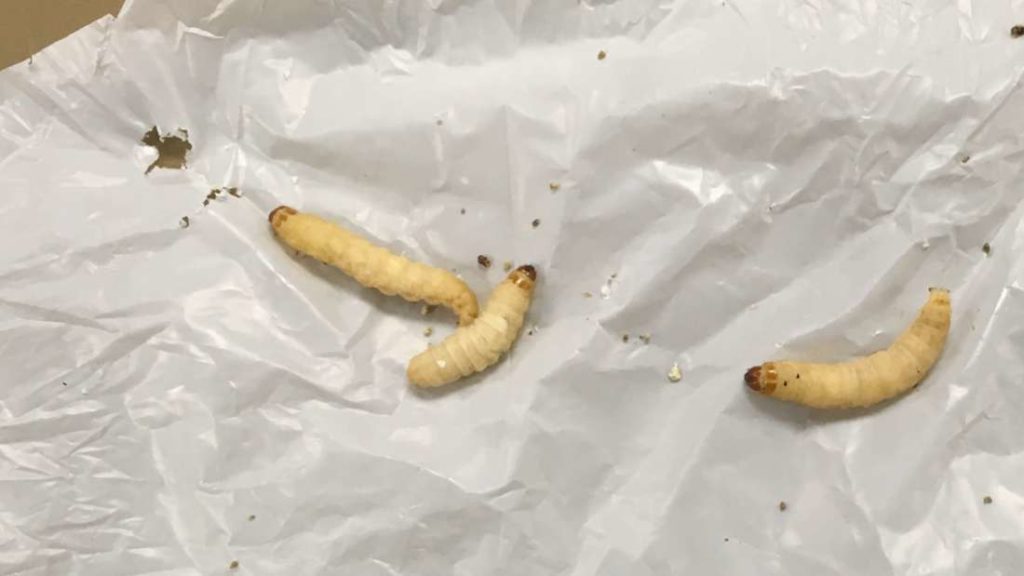
IFLScience is reporting that the larva of the greater wax moth is able to exist entirely on a diet of polyethylene. That’s the plastic most commonly used in shopping bags, food containers and most plastic packaging. According to the journal Proceedings of the Royal Society B, researchers from Brandon University (BU) found the “very hungry caterpillar” was even able to survive on a diet of solely plastic for more than a year.
Under typical circumstances, this little worm would usually find food by sneaking into beehives and eating the wax honeycombs. It turns out that the chemical structure of the plastic is close enough that they can eat that instead.
If you’re wondering what comes out on the other end of this little transaction, the only by-product appears to be an alcohol called glycol.
For the study, the researchers showed this ability is all thanks to a specific species of bacteria that live in the gut of the larvae. The only by-product that’s produced by their plastic degradation is a form of alcohol called glycol.
As to how much of a dent these worms can do to our pollution problem, it seems that it takes around 60 larvae to eat 4.6 square inches of a plastic bag in just under a week.
If you’re wondering whether Chemicals.com lists these as the five best uses for the glycol left over after the worms have their feast: non-toxic anti-freeze, a food additive that keeps baked goods moist, a drug stabilizer or solvent in the pharmaceutical industry, a moisturizing additive for hair and makeup, and as an additive to e-cig liquids (well, the list was written last year).
